This is the same method as @Allan but using different packages: PlaneGeometry to deal with the two ellipses, and cgalPolygons (not on CRAN) to compute their intersection and the area. Good news: one finds almost the same result.
library(PlaneGeometry)
library(cgalPolygons)
ell1 <- Ellipse$new(center = c(0, 0), rmajor = 10, rminor = 5, alpha = 45)
ell2 <- Ellipse$new(center = c(0, 0), rmajor = 20, rminor = 3, alpha = 35)
ell1_path <- ell1$path(npoints = 200L)
ell2_path <- ell2$path(npoints = 200L)
ell1_polygon <- cgalPolygonWithHoles$new(ell1_path)
ell2_polygon <- cgalPolygonWithHoles$new(ell2_path)
# intersection
interList <- ell1_polygon$intersection(ell2_polygon)
inter <- interList[[1]]
# plot
opar <- par(mar = c(0, 0, 0, 0))
plot(
NULL, xlim = c(-26, 26), ylim = c(-16, 16), asp = 1,
xlab = NA, ylab = NA, axes = FALSE
)
ell1_polygon$plot(list(lwd = 2), lwd = 2, density = 10, new = FALSE)
ell2_polygon$plot(list(lwd = 2), lwd = 2, density = 10, new = FALSE)
inter$plot(lwd = 4, col = "red", new = FALSE)
par(opar)
# area
inter$area()
# 105.357

Edit: ellipse partitioning
We can also split an ellipse and check if its area is close to the sum of the areas of its parts.
library(PlaneGeometry)
library(cgalPolygons)
# first ellipse
ell1 <- Ellipse$new(center = c(0, 0), rmajor = 10, rminor = 5, alpha = 45)
# second ellipse
ell2 <- Ellipse$new(center = c(0, 0), rmajor = 20, rminor = 3, alpha = 35)
# first ellipse as a path (2-columns matrix)
ell1_path <- ell1$path(npoints = 500L)
# second ellipse as a parh
ell2_path <- ell2$path(npoints = 500L)
# convert to polygons
ell1_polygon <- cgalPolygonWithHoles$new(ell1_path)
ell2_polygon <- cgalPolygonWithHoles$new(ell2_path)
# intersection
ell12_polygon <- ell1_polygon$intersection(ell2_polygon)
# the intersection is a single polygon
ell12_polygon <- ell12_polygon[[1L]]
# plot the two ellipses and their intersection
opar <- par(mar = c(0, 0, 0, 0))
plot(
NULL, xlim = c(-26, 26), ylim = c(-16, 16), asp = 1,
xlab = NA, ylab = NA, axes = FALSE
)
ell1_polygon$plot(list(lwd = 2), lwd = 2, new = FALSE)
ell2_polygon$plot(list(lwd = 2), lwd = 2, new = FALSE)
ell12_polygon$plot(lwd = 4, col = "red", new = FALSE)
par(opar)

# now subtract ell2 to ell1
subtraction_ell1_minus_ell2 <- ell1_polygon$subtract(ell2_polygon)
# this gives two polygons
plgn1 <- subtraction_ell1_minus_ell2[[1L]]
plgn2 <- subtraction_ell1_minus_ell2[[2L]]
# let's plot ell1 and its partition into three parts
opar <- par(mar = c(2, 2, 1, 1))
plot(
NULL, xlim = c(-16, 16), ylim = c(-10, 10), asp = 1,
xlab = NA, ylab = NA, axes = FALSE
)
axis(1); axis(2)
# ellipse 1
ell1_polygon$plot(list(lwd = 2), lwd = 2, new = FALSE)
# ellipse 1 inter ellipse 2
ell12_polygon$plot(lwd = 2, col = "red", new = FALSE)
# the first piece of the subtraction
plgn1$plot(lwd = 2, col = "green", new = FALSE)
# the second piece of the subtraction
plgn2$plot(lwd = 2, col = "blue", new = FALSE)
par(opar)
# green area
garea <- plgn1$area()
# blue area
barea <- plgn2$area()
# red area
rarea <- ell12_polygon$area()
# sum of the three areas
garea + barea + rarea
# = 157.0755
# area of ellipse 1 (pi * major * minor)
pi * ell1$rmajor * ell1$rminor
# = 157.0796

The sum of the three areas is slightly less than the true area of the ellipse. That's normal because the paths we take approximate the true paths from below.
Edit: comparison with an "exact" result
There's an implementation on this Github repo. Here is an example treated with this implementation:

The resulting area is A12 and epsilon is the relative error.
I tried with my method. Here are the parameters:
ell1 <- Ellipse$new(
center = c(14.527050, 8.343243), rmajor = 5.262357, rminor = 4.555325, alpha = -2.933767, degrees = FALSE
)
ell2 <- Ellipse$new(
center = c(7.598473, 6.096601), rmajor = 6.720221, rminor = 5.767499, alpha = -1.624, degrees = FALSE
)
Then proceeding as above, taking 500 points to approximate the ellipses, I find 21.44292, very close to A12.






